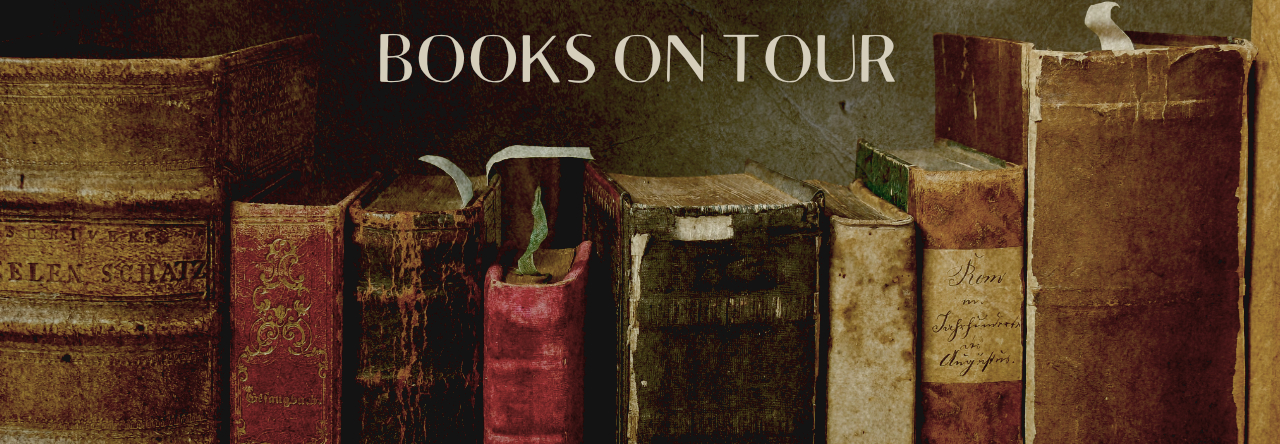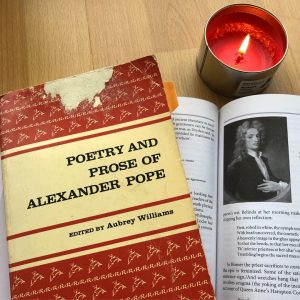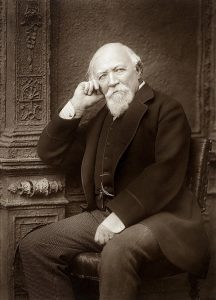
Benito Pérez Galdós was born on May 10th, 1843 in Las Palmas de Gran Canaria in a middle-class family. His father, Sebastián Pérez, was a soldier so he received a severe and religious education. The name of his mother was Dolores Galdós.
Pérez Galdós studied at “San Agustín” school in his city. He started collaborating at the local newspaper “El Ómnibus”. Later on, he moved to Tenerife to continue his studies there. He lived and studied at Tenerife until the year 1862, when he went to Madrid to study Law.
However, he abandoned his studies shortly afterwards. Already during those years, he started to care for social, political, and ideological problems of his age. During that time, he reads voraciously: Dickens, Dostoiewski, Stendhal, and specially Cervantes. He continued collaborating in several newspapers.
In 1867 and 1868, Galdós travelled to Paris where he discovered the great french novelists like Balzac. As a result, he published his first novel “La Fontana de Oro” in 1870, considered the Renaissance of the Spanish novel.
PÉREZ GALDOS & THE “EPISODIOS”
His literary production was huge. On one side, we have the “Episodios Nacionales” (1873-1912): they offer a fictionalized vision of the 19th century. They consist of forty-six novels distributed in five series of 10 volumes each, except the last one (which was interrupted) which has six volumes.
With this massive work, Pérez Galdós created a new type of historical novel, quite different from what the genre used to be during the Romanticism. His efforts of documenting rigorously what he was writing were huge, in order to be objective. He carried out a tremendous research work using diverse materials like old newspapers or memoirs.
At the same time that he published his two first series of the “Episodios”, he also published seven novels. Among them are “Doña Perfecta” (1876) and “Gloria” (1877). Both of them are the product of his obsession for the ideological confrontations among Spanish people. His purpose was to attack the lack of tolerance and the fanaticism.
SPANISH CONTEMPORARY NOVELS…AND MORE
From 1881, Galdós published 24 more novels which he called “Spanish contemporary novels”. They depict the Madrid of that time as an example of the whole Spain. Although the number of novels was quite high, they all share an extraordinary unity, reinforced by the appearance of some same characters in various novels. Among these novels are “La Desheredada” (1881), “Tormento” (1884), “Miau” (1888) and the one which is considered his masterpiece, “Fortunata y Jacinta” (1886-87).
In the following years, Galdós is more inclined to spiritual problems with novels such as “Nazarín” (1895) and another one of his masterpieces, “Misericordia” (1897).
He was politically quite active, considering himself first a Progressive (even getting to be a Deputy for Puerto Rico between 1886-90) and later on a Republican (from 1898) when his ideas get a little bit more radical. However, at the same time, his spirit gets more and more tolerant.
He also wrote for the theatre, induced partially because of his monetary problems. The majority of his plays were adaptations for the stage of his own novels (“El Abuelo” or “Doña Perfecta”). Unfortunately, he was not so successful as he did not dominate the theatrical techniques.
Apart from all this, he wrote numerous articles and quite interesting letters. Furthermore, he was a member of the Royal Academy for the Spanish Language from 1897.
HIS LAST YEARS
The last years of his life were quite sad, as he loses his eyesight and has economic problems. Furthermore, his political enemies blocked his receiving of the Nobel Prize, whose nomination he received in 1912.
He died in Madrid on January 4th, 1920, at a time when critics regarded his work with disdain.
Although he is considered the greatest Spanish novelist since Cervantes, his fame has been quite unequal. However, no critic can deny the great eloquence and agility of his prose, full of geniality because of his power of suggestion. His character depiction and his ability to show us their differences, is marvellous. He was specially good at differentiating his characters by their way of speaking.
He was also a pioneer in the use of the “interior monologue”, one of the most characteristics aspects of the 20th century novel.
“They won’t lock my thought between walls. I reside in the starts”.
“Fortunata y Jacinta”, 1886-87.



